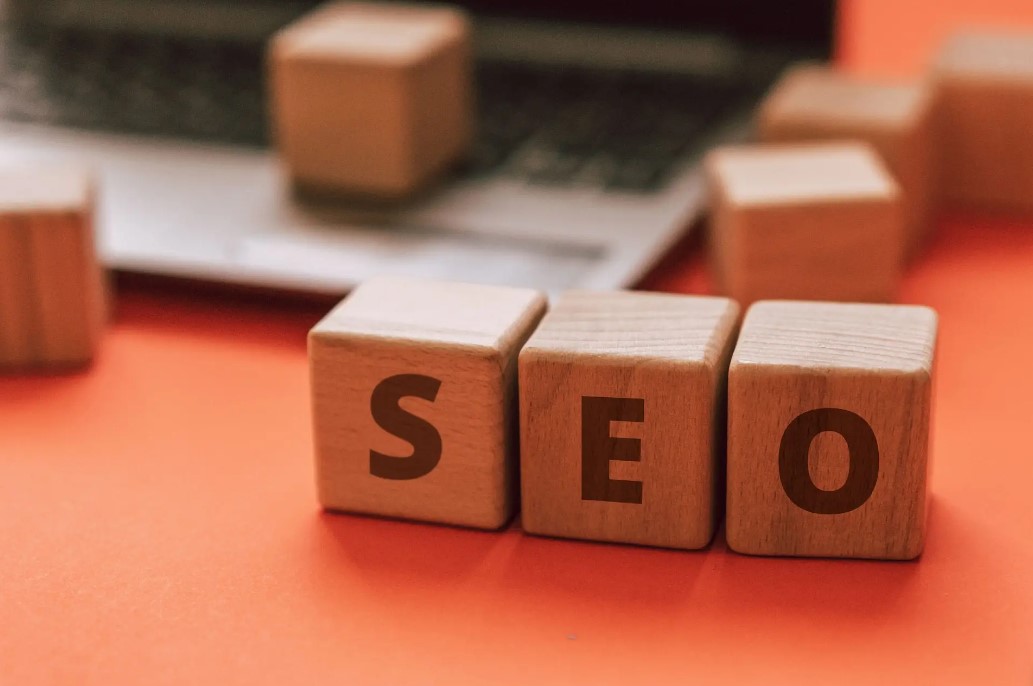
Search engine optimisation (SEO) uses strategies to improve search results and the overall visibility of a website or web page. It can be used as an online marketing strategy for increasing brand awareness, customer visits and revenue generated through organic search results.
Keyword
A keyword is a word or phrase that web users use to find information on websites. Keywords are central to search engine optimisation because content producers use them in their writing with link building and title tags, while webmasters utilise them when working on coding pages.
Keyword density
Keyword density is the percentage of times keywords appear compared to the total number of words in the text. Search engine optimisation experts determine how relevant web pages are to each keyword. Make sure to use keywords appropriately and avoid over-optimization.
Meta tag
Meta tags are HTML elements that provide supplementary information about a web page, including its description, keywords and publishing date. They often appear near the top of a page’s source code but can also be found in the head section.
Spider
A spider is a search engine’s bot that visits websites, reads their pages and compiles all the information it finds into an index for web users to search.
Links
Hyperlinks are connections between web pages or documents on the Internet. The text of hyperlinks is typically clickable by mouse, finger or keyboard commands to take viewers to related content, usually within another website. Links also express how relevant a web page is by using keywords or phrases with anchor text to increase that page’s rank in search engine results.
Backlink
A backlink is crucial in worldwide SEO. It is a hyperlinked reference from one website page to another within the text content of its source code. It does not necessarily need to be placed in the main body of the text but can appear in a blog post or comment. The more relevant and authoritative the page that backlinks are found on is, the better. Paid advertising through social media, email marketing services or search engines are also considered authoritative.
Response codes
Response codes are used to communicate between web servers and browsers so that no matter which browser, operating system or device is used by the user, they can receive content. The most common response codes are 200 (successful) and 404 (page not found). Google SEO has developed its own set of three-digit response codes for tracking purposes.
Content
Content refers mainly to written material on websites such as text, images, video and other multimedia files. It can also refer to audio files like podcasts but is primarily used for online writing about topics related to a specific business or subject. These terms make up what is known as unique content.
H1 tag
The H1 tag, also known as heading 1, is an HTML element used to represent the main header for a web page. It usually appears centred at the top of the page using a large type that makes it easy for internet users to quickly scan content on pages they visit or perform specific searches. One of several tags (namely h2 through h6) can be nested inside another H1 tag body text, although there should always be only one h1 per page according to HTML standards.
Canonicalisation
Canonicalization is an algorithm used to determine which URL should be considered the primary one among multiple URLs directing to identical or very similar content. The first task is usually performed by inputting web pages into search boxes; people want to find the most relevant results as quickly as possible. To increase the relevancy of search engine results, site owners must canonicalise them through robust methods such as Google’s Site Mapper tool.
Meta robots
Meta robot tags guide search engines to index and display pages on a website in search results. Several meta robots can include no-follow, noindex, follow and index.
Black hat SEO
Black hat SEO describes unethical strategies used by web businesses with malicious intentions to manipulate their rankings in search engine results to profit. Some of these techniques can include hiding content with CSS or Javascript, creating very similar pages, and buying links to raise page rank.
White hat SEO
White hat SEO is the opposite of black hat SEO because it involves ethical strategies used by businesses to increase awareness about their products or services without trying to manipulate the ranking systems unfairly. The main difference between white hat and black hat strategies is legitimate methods for boosting web traffic such as social media marketing, blogging and online reviews.






